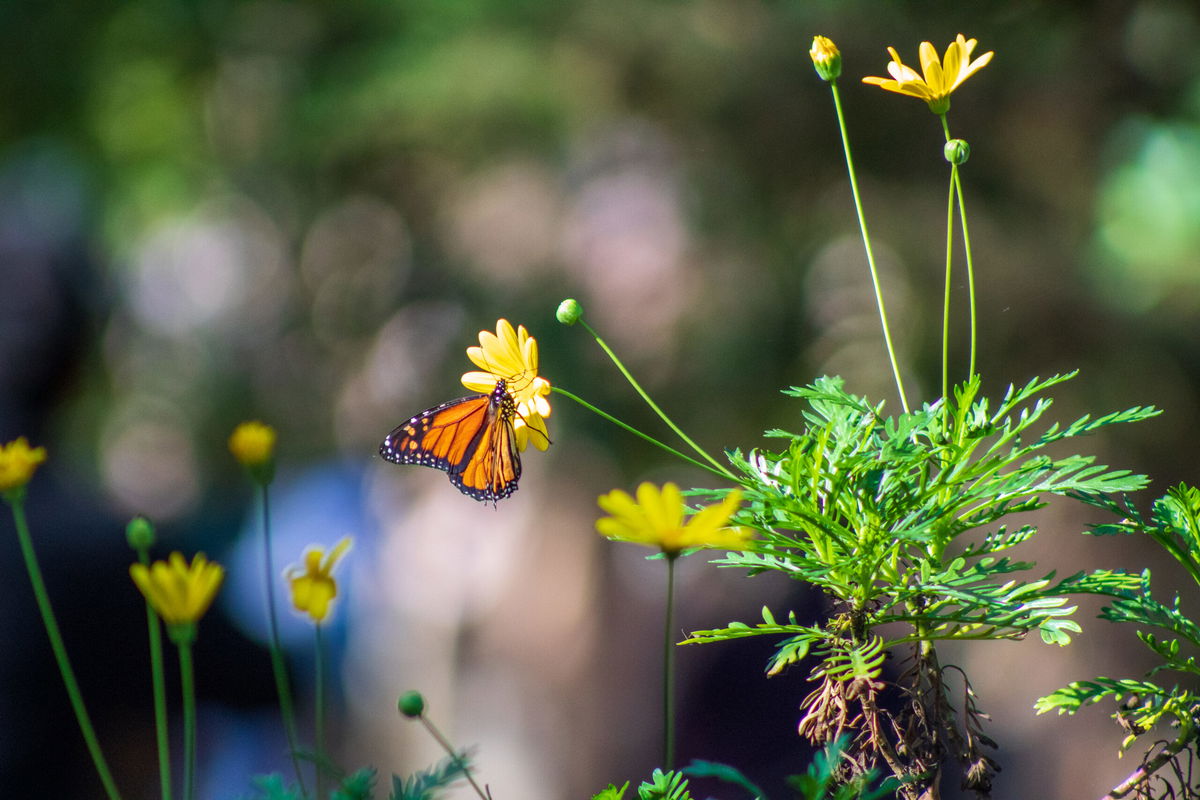Californians Urged to Observe and Report Monarch Butterfly Sightings

News Channel 3-12
Below is a press release from California State Parks Foundation urging California residents to be on the look out for Monarch Butterflies
SAN FRANCISCO, Calif. – As California Biodiversity Day approaches, California State Parks Foundation is asking the public to help observe and report sightings of western monarch butterflies. California Biodiversity Day is celebrated from September 6th to 14th. The data from these observations will help scientists understand where these butterflies are at different times of the year and will also help inform the upcoming 29th annual Western Monarch Count.
Millions of western monarchs used to return to coastal California every year, but the population has plummeted in recent decades. Numerous factors have contributed to this decline, including climate change, habitat loss, pesticides, and disease. The 28th annual Western Monarch Count found a peak population of 9,119 monarchs, the second-lowest overwintering population ever recorded since tracking began in 1997. A Species Status Assessment predicts a greater than 95% chance of extinction for western monarchs by 2080.
“The western monarch butterfly is an iconic species for our state,” said Randy Widera, Director of Programs for California State Parks Foundation. “Californians have a key role to play in the preservation of this species, from helping scientists track where the butterflies are located to advocating for the protection of their habitat. We’re encouraging Californians to get involved by taking a few easy steps to report monarch butterfly sightings.”
As California Biodiversity Day is celebrated from September 6th to September 14th, Californians who want to participate in the process of observing and reporting monarch butterfly sightings can do so with the following steps:
Download the free iNaturalist app and start an account.
Snap a photo of a monarch butterfly or caterpillar.
Upload an observation to iNaturalist.
California’s state parks provide critical habitat for western monarch butterflies. Last year, California State Parks Foundation released an analysis of 26 years of data on the western monarch butterfly population, showing that a significant number of those counted are found in California state parks. In 2024-2025, Lighthouse Field State Beach, Natural Bridges State Beach, and Pismo State Beach were among the top overwintering sites for western monarchs.
Overwintering is a vital phase in a western monarch butterfly’s life cycle, offering rest and energy conservation before spring mating and northward migration. Overwintering groves provide the specific microclimate the western monarchs need to survive, including protection from the wind and cold, dappled sunlight, and ample nectar sources. Overwintering groves are located in many of California’s state parks, including Natural Bridges State Beach, Lighthouse Field State Beach, New Brighton State Beach, Point Lobos State Natural Reserve, Andrew Molera State Park, Morro Bay State Park, Montaña de Oro State Park, Pismo State Beach, Gaviota State Park, Point Mugu State Park, Leo Carrillo State Park, Doheny State Beach, San Clemente State Park, and Torrey Pines State Natural Reserve.
California State Parks Foundation has helped lead the development of overwintering grove management plans at several state parks. The organization has also funded restoration projects and helped organize volunteer events where participants support the monarch butterfly population through activities like planting native nectar plants. It is also advocating for western monarch butterflies to be listed as a threatened species under the U.S. Endangered Species Act. Californians interested in supporting this effort can sign a petition at http://www.calparks.org/monarchthreat.